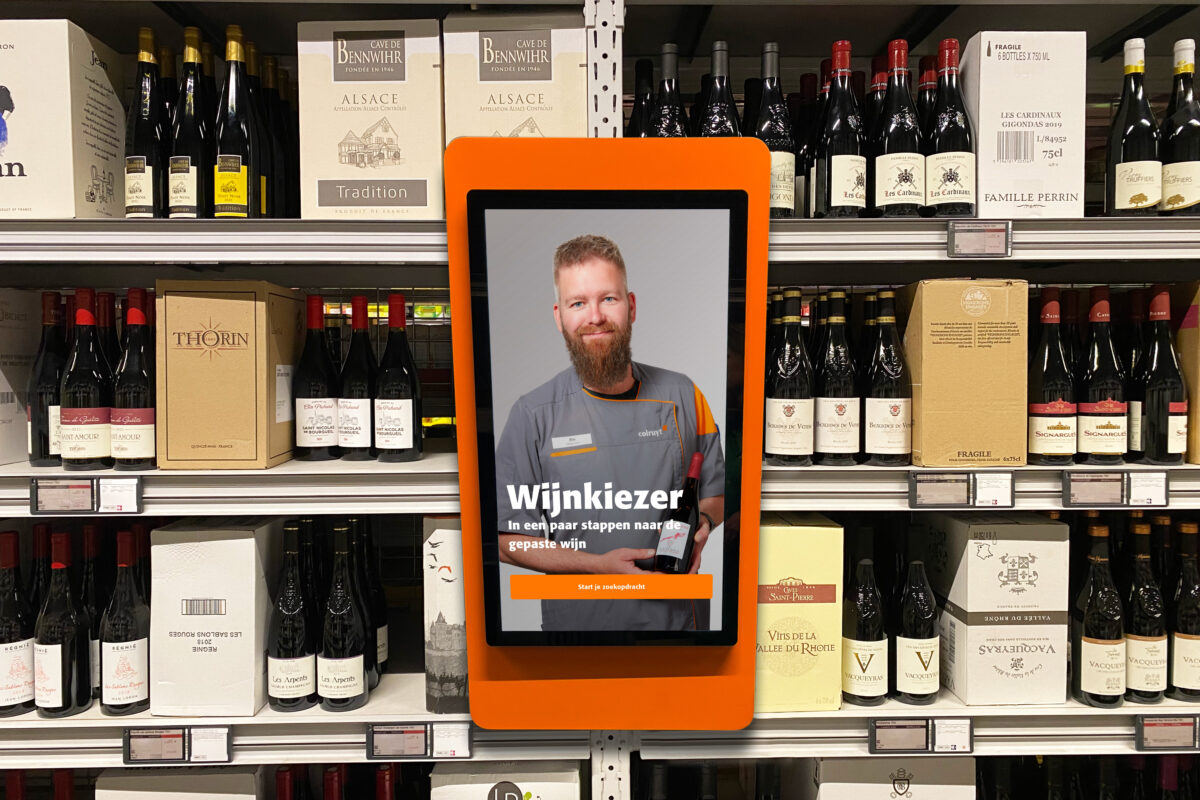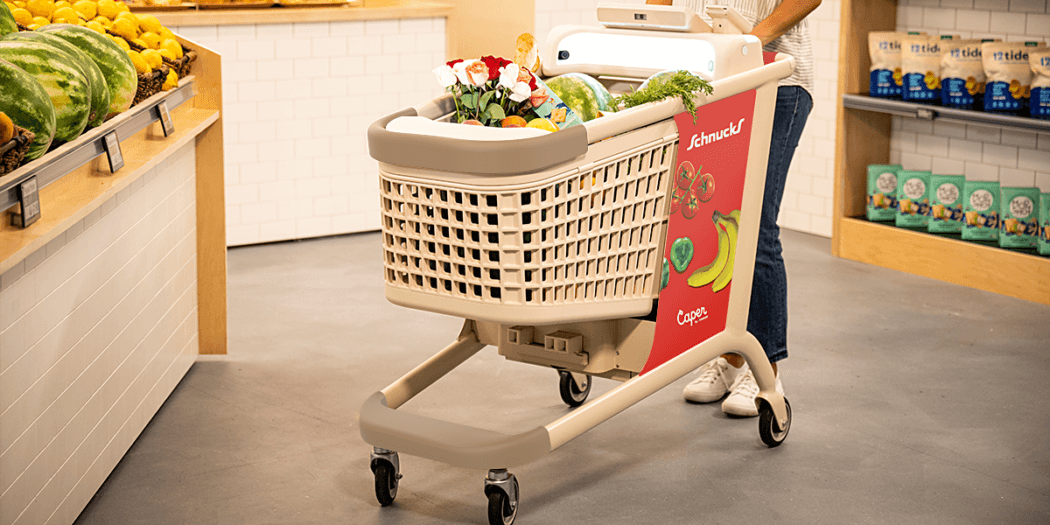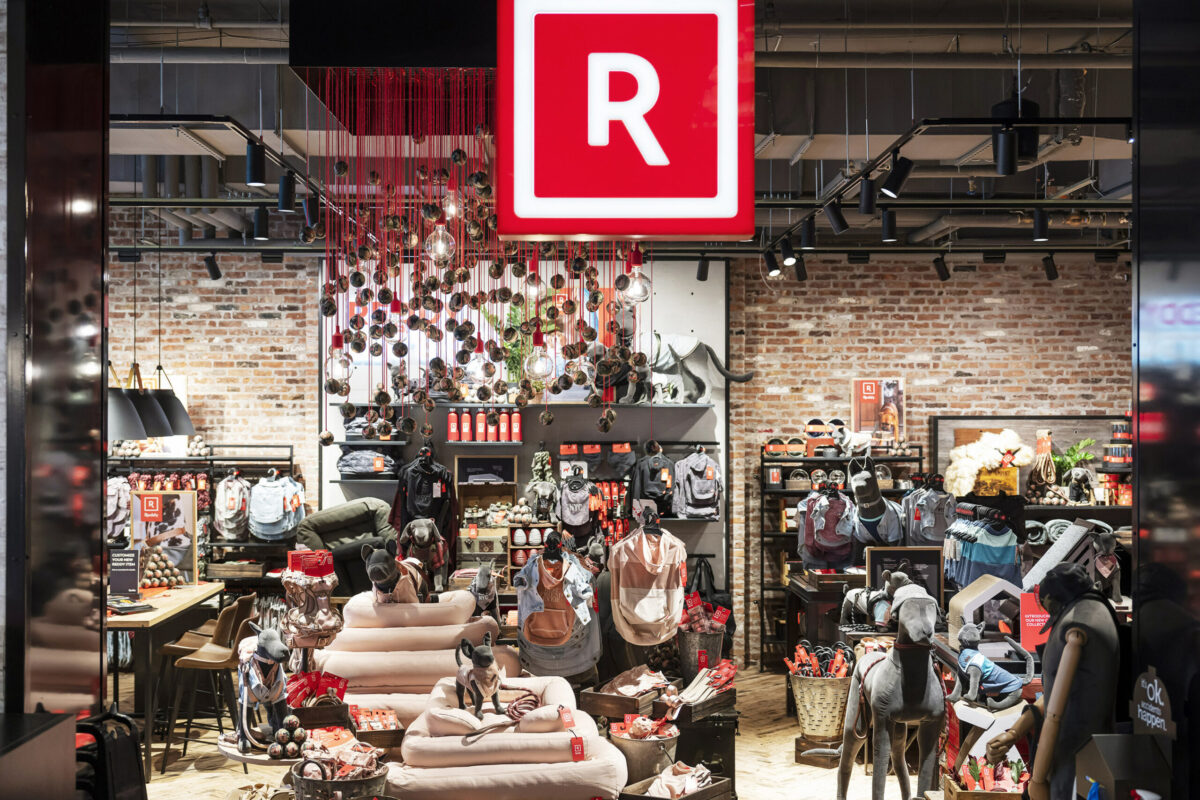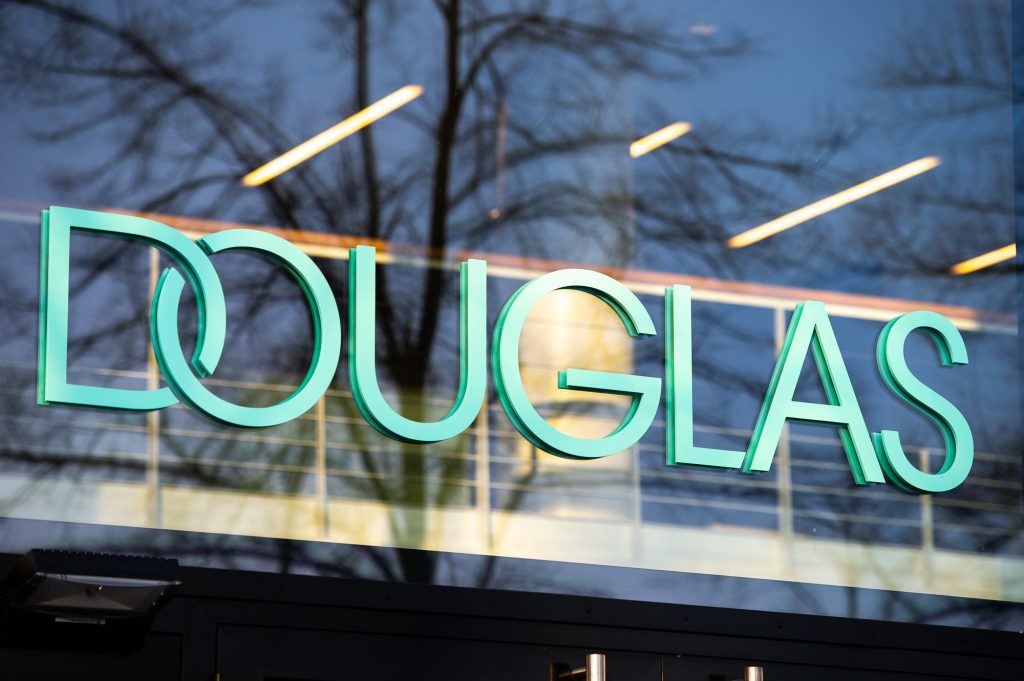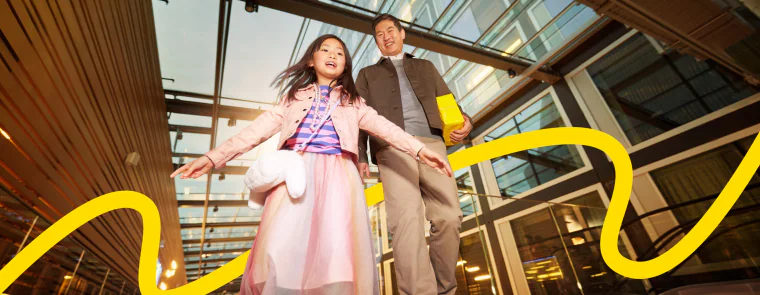Brand relevance increases
Consumer behavior drastically changed during the course of the pandemic, and many of these behavioral changes will last well into the post-pandemic world. Consumers require a flexible omnichannel purchase experience – retailers and brands will have to continue to deliver on this promise.
More than half of American consumers (56 percent) shopped primarily offline before the pandemic – but during the recurring lockdowns, many switched to online shopping. According to the results of a recent representative study with consumers in the U.S. and internationally by the global strategy and marketing consultancy Simon-Kucher & Partners, just over 30 percent say they intend to maintain their changed shopping behavior even after the pandemic by continuing to primarily make purchases online rather than in-store. Most expect to use both online and brick & mortar for inspiration and purchases.
“Future success for brands lies in providing an omnichannel experience that blends online and brick & mortar benefits, such as taking some of the benefits in the offline world and trying to add them to the online world,” says Shikha Jain, Partner in the Global Consumer Goods & Retail Practice at Simon-Kucher. “The past months have shown one thing: the future cannot always be planned and flexibility is a key factor for sustainable and continuous growth. Moving forward, retailers and brands should focus on making omnichannel a core part of the overall consumer experience.”
The offline and online world complement each other
As expected, when shopping online consumers value the aspects of convenience (e.g. home delivery, less time investment) selection and the unlimited availability of the assortment (e.g. broad product range, at any time of day). Contrarily, in brick-and-mortar retail, consumers prefer the ability to instantly consume and the experience of being able to see and touch the product. Likewise, non-existent shipping costs are an argument for shopping in physical stores.
Ashley Zacca, Manager in Simon-Kucher’s Consumer Goods & Retail Practice, says: “Retailers must be committed to overcoming the obstacles of each online and brick & mortar shopping experiences if they want to truly excel in delivering an effective omnichannel experience to their customers. For online shoppers, retailers and brands might want to focus on providing augmented reality experiences so that customers get as close to being able to ‘touch and feel’ the products as possible. Brick & mortar channels can appeal to consumers’ desire for ease and speed by redefining the in-person shopping experience, offering services such as in-store experts or even personal shoppers and stylists.”
Brand.com has never been more important
The concept of the ‘brand’ is experiencing a renaissance in uncertain times: brands’ own eCommerce continues to gain more and more importance, outpassing the additional usage of online shops of multi-brand retailers expected in the future (+11 percent). In the categories of beauty and care products, household goods, garden, and electronics, brand.com shows the highest uplift vs. pre-COVID-19 usage of all online channels.
“While we fully anticipate Amazon and other online retailers to continue to grow, there is obvious potential for brands that focus on building out their own eCommerce and fulfillment capabilities,” says Jain.
Source: Simon-Kucher & Partners







